
As expected, Dartmouth announced this week that it will reactivate its standardized testing requirement beginning with the high school graduating class of 2025. Yale will likely follow suit shortly. 11th graders should assume at least a few additional prominent colleges will also soon be ending the temporary suspension of their testing requirements, joining a list that already includes MIT, Georgetown, Purdue, the service academies, and several public flagships in the southeast.
High school juniors and their parents are understandably looking for helpful analysis of these changes along with guidance on how to proceed as they navigate the college application process later this year. What is driving this recent swing and what is the smartest testing approach moving forward?
In the narrowest context, a decision like Dartmouth’s won’t alter plans for many applicants. Temporary test optional policies at exceedingly popular schools never eliminated the role of test scores in the first place. The strongest SAT/ACT results have been voluntarily submitted of course, and – unfortunately – some applicants have mistakenly opted to withhold competitive scores against their own interest due to uncertainty around how to “play” the choice they were afforded by a test-optional allowance.
But more broadly, what should be made of an unsurprising announcement by a private college that enrolls only 6,000 of the nation’s 15 million undergraduates? Will most colleges suddenly abandon their test-optional policies? No. The range of benefits of test-optional policies is established enough that a wholesale unwinding is almost impossible to envision. While there are valid concerns about learning loss and lack of readiness increasingly obscured by grade inflation, at most colleges those concerns are secondary to those tied to meeting enrollment targets: filling dorms, paying faculty and staff, graduating students into the workforce, and – crucially – extending the promise of higher education to those historically most excluded. At many institutions, imposing a testing filter has been unnecessary and even at odds with these primary objectives.
The dynamics are fundamentally different, however, at the small subset of colleges where a majority of even well-qualified applicants are denied. At most of these institutions, the suspension of testing requirements was more of a temporary response to external events and less of a philosophical shift.
Dartmouth’s head of admissions, Lee Coffin, discussed this in an interview with Inside Higher Ed this week: “We made the decision to be test optional in a spontaneous moment as the pandemic really took hold…If you go all the way back to June 2020, when we announced we would pause the policy, I used the word ‘pause’ intentionally then, because it was my sense that this was a temporary decision and that we would return to our required policy as the pandemic allowed.”
In the intervening three years, it was a mistake to conclude that scores were no longer relevant and helpful at overly-selective colleges. Colleges’ assertions (including Dartmouth’s in 2020) that “optional means optional” and that students “will not be disadvantaged” were at once reassuringly well-intentioned for applicants without scores and illogically at odds with the reality that strong scores would help other applicants vying for the same scarce spots.
One unintended consequence of test-optional policies in hyper-competitive applicant pools was almost inevitable. What started as necessary relief from an untenable burden of test-taking in the midst of a pandemic rapidly devolved into a tactical burden of how to optimize the choice. Colleges like Dartmouth experienced a surge in applications, which became its own burden of sorts. A large portion of the increase was made up by applicants who—rightly in some cases, wrongly in others—opted to not submit a score. Dartmouth was thus in the position of having to make more decisions but with less information.
The actual test-optional landscape has always been stratified, with layers of nuance across a range of institutional philosophies and admissions practices. In many contexts, the evidence that test-optional policies spread opportunity more widely is available and compelling. On the other hand, schools like MIT and Dartmouth cite their own internal evidence to explain why they feel they can produce improved and fairer results when testing is fully incorporated into every applicant’s file. They argue that mandating testing removes important uncertainty on the admission side and provides unambiguous instructions to students. They also conveniently benefit from their dominant positions in the marketplace, and they appear confident that they can reinstate a testing filter without impeding their DEI-related goals. Of course, their evidence does not automatically apply elsewhere, which partly explains why many of their peer institutions are taking so long to make these decisions.
What This Means For Students
The operative question for students aspiring to competitive test-optional colleges will continue to be how can testing work for you rather than against you? An expansion of those questions might include:
How can I keep all my options open as policies continue to change?
What can I do – within reason – to put my best foot forward?
How will my background and local context affect the evaluation of my scores?
Could a college assume that a withheld score is lower than what my actual score could be?
Will my test scores help me arrive at an appropriately balanced college list?
Can scores still help me compete for merit aid at colleges likely to admit me?
Will testing turn out to be necessary for admission to certain majors or for placement?
With these considerations in mind, the question of whether a particular college of interest requires scores, prefers scores, or projects neutrality need not be the immediate concern for 11th graders. The prevailing mindset should instead be to maintain control of the testing component of the application and avoid tactical errors and missed opportunities.
After testing is wrapped up, 12th graders reach application season and must decide case by case whether to submit or withhold scores from the colleges that remain optional. This has been frustrating for students and counselors alike, and we foresee at least one more admission cycle with less transparency from colleges on this front than would be ideal. For example, consider the credulity-straining footnote in the UVA Dean of Admissions Feb 1 blog post on Early Action stats.
In the absence of more definitive guidance from colleges, pay close attention to how much longer a college’s temporary test-optional policy is in effect and whether it has been rolling over one year at a time. Don’t be surprised if at least some of the colleges with policies set to expire for the class of 2024 announce a change this spring.
The following table includes a range of colleges popular with Compass students that have committed to test-optional allowances only temporarily. Policies that will either expire or need to be renewed are in red for the current 12th graders, orange for 11th graders, and yellow for 10th graders and beyond. Many selective colleges are “on the clock” to not only make a decision but also consider how to message and justify a reinstatement of a testing requirement. Applicants and their advisors are calling on colleges to either a) openly own their preference for test scores or b) provide more compelling and substantiated data affirming that applicants who opt not to submit scores are not at a disadvantage.
Testing In The News
What is behind the resurgence of testing’s relevance and what is the evidence that it will continue? Look no further than recent headlines – click on an image below to cycle through a chronicling of the drumbeat of media coverage over the past several months signaling unease with the new testing status quo introduced in 2020.
Expect that subsequent announcements from colleges about reinstating testing preferences or requirements will make the case for a positive anticipated effect on goals related to diversity and equity. And expect that the laudatory or skeptical reactions to those claims will reflect the polarizations and divisions found in all corners of the public square.
A case in point was the New York Times’ article of January 7 titled The Misguided War on the SAT. The following day, that headline was curiously revised to a more tempered The Misleading SAT Debate. Policy differences on admission testing are either a misguided war or a misleading debate, depending on who’s staffing the editor’s desk. A week later, the article’s writer was a guest on an NYT’s podcast episode titled, The Messy Fight Over the SAT. And finally, Akil Bello, one of the sharpest critics of test requirements, put his own trenchant twist on the NYT’s headlines with his Inside Higher Ed op-ed The Misguided War on Test-Optional.
Clearly there is no consensus in sight, while the fraught political environment consuming higher education will continue to impede access to information that would help inform sensible testing decisions. In the first two years of the pandemic, a few dozen selective colleges disclosed (inadvertently in some cases) their admit rates for applicants with testing compared to the admit rates for those who applied without scores. More recently, very few colleges have been willing – as in the case of UVA above – to share those details and thus endure the inevitable criticism and distrust that ensues.
In such an information vacuum, we’re left to speculate and rely on anecdotes and private conversations with industry insiders. Consider what some admission leaders think but may not feel at liberty to state publicly, to paraphrase:
We face intense pressure from faculty or other constituents to require tests
Admissions without the SAT/ACT measuring stick and sorting tool is harder and messier
We can’t fully trust transcripts with inflated grades that don’t differentiate applicants
It was nice to have all these extra applications at first but it’s also become burdensome
We realize the “submit or withhold?” strategic call isn’t fair to put on kids and their counselors
SAT scores are powerful inputs for our algorithms predicting an applicant’s likelihood to enroll
SAT scores are powerful inputs for our algorithms predicting an applicant’s willingness to pay
Of course, most of the 2500+ colleges in the US aren’t struggling with these questions or related challenges. And on the high school side, reactions have been mixed. We are at least as far away from a consensus on admission testing policy as we were four years ago.
Compass will continue to follow these plots and share what we observe and glean. Meanwhile, we encourage those approaching the college admissions process to keep their options open.

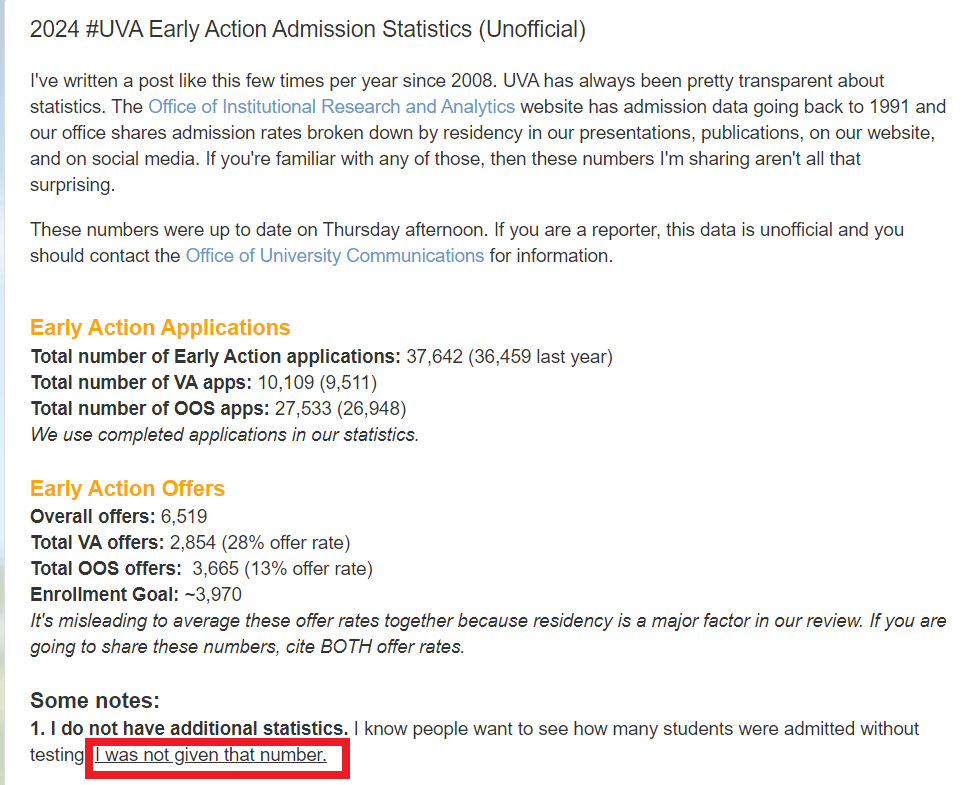
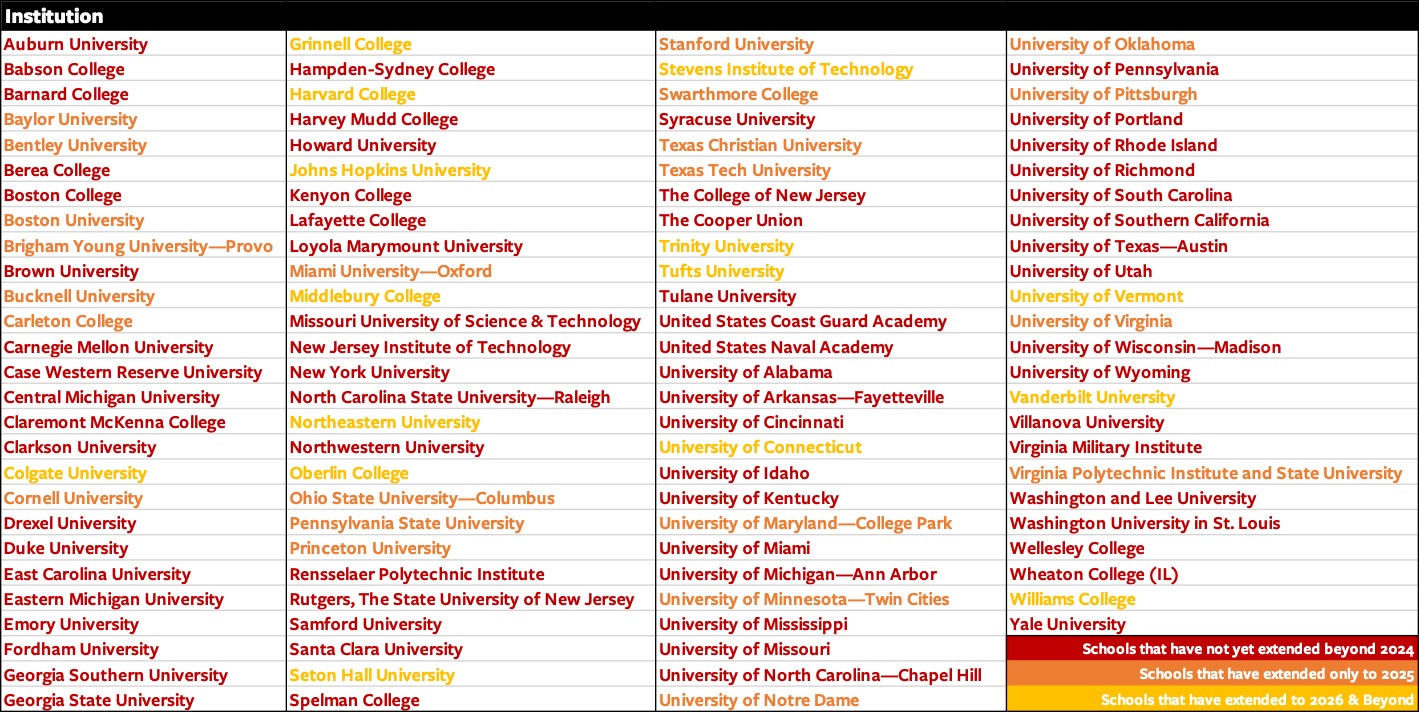
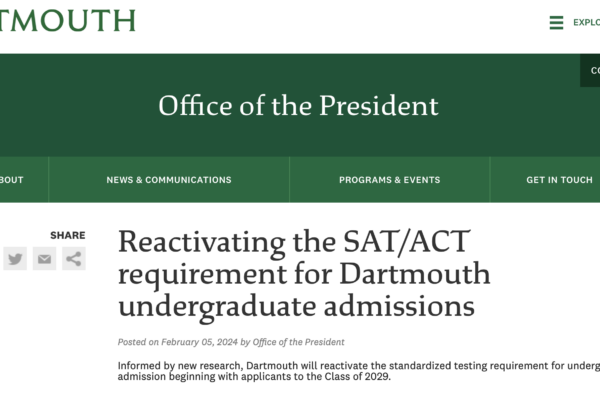
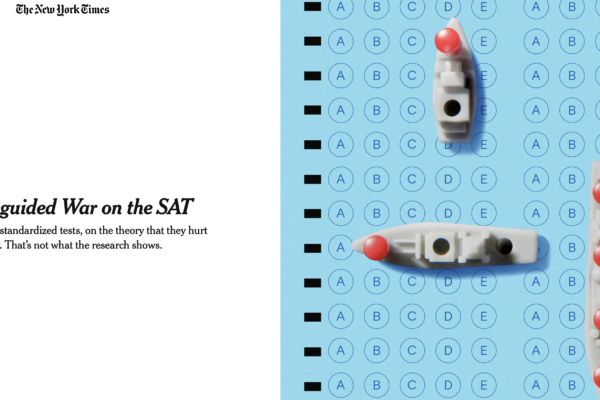
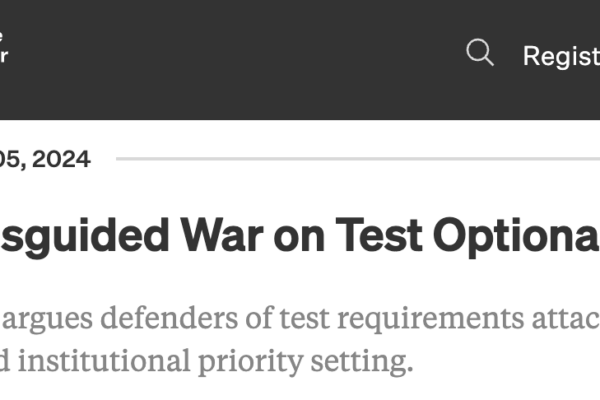

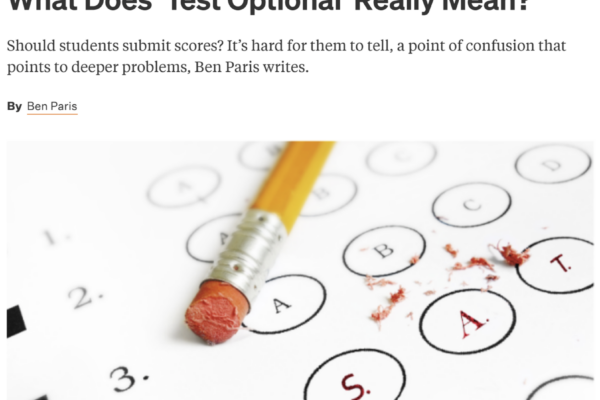
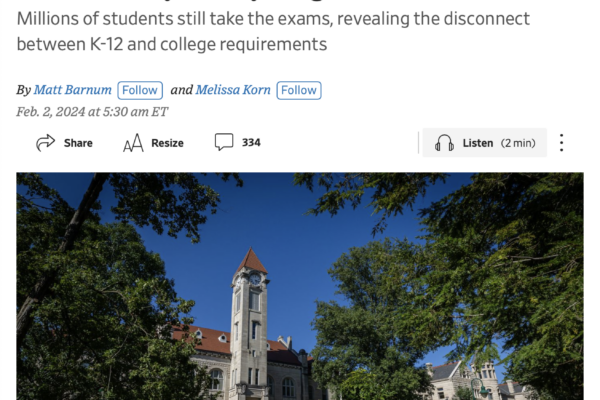
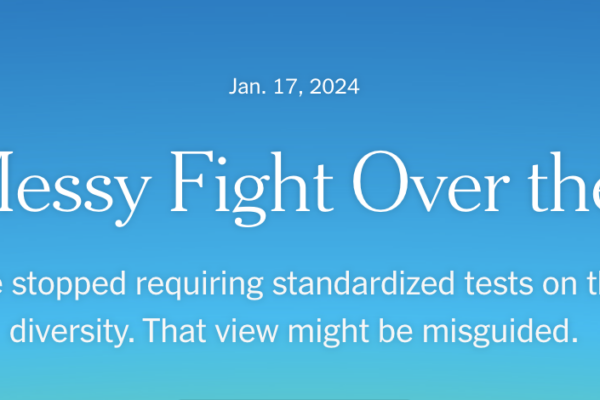
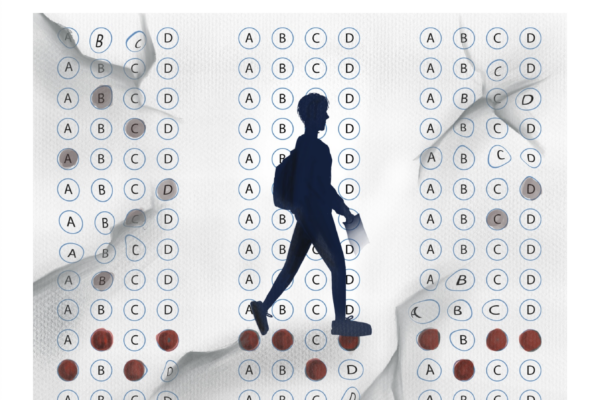
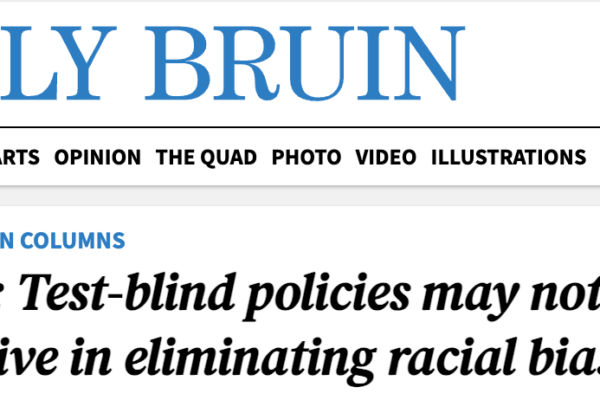
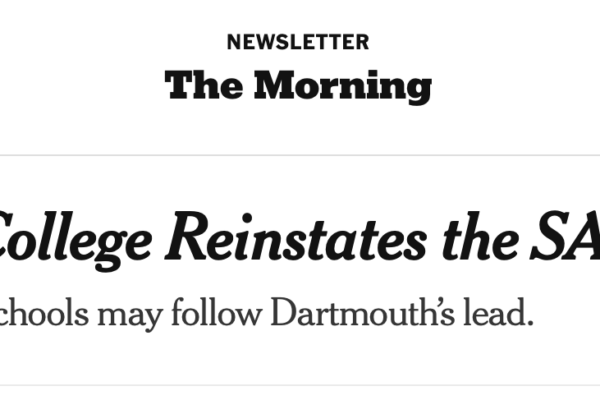
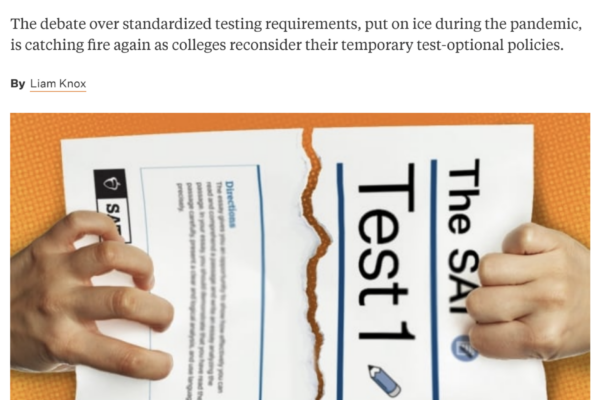
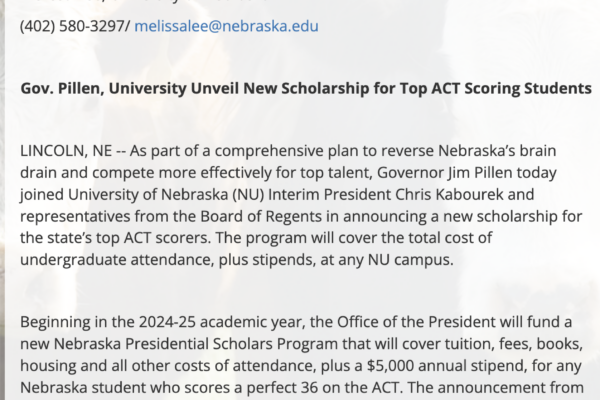
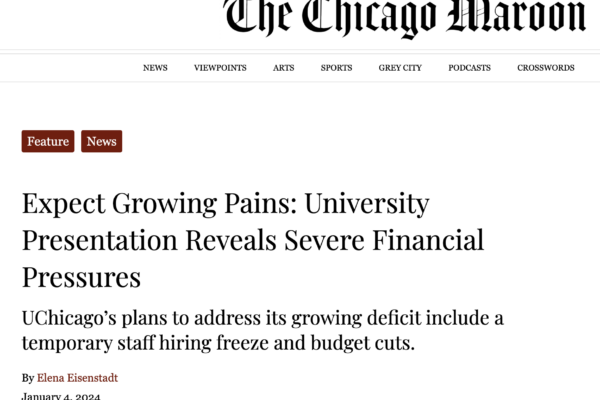
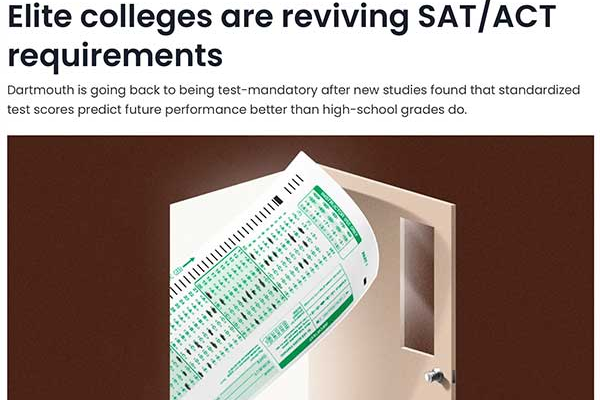
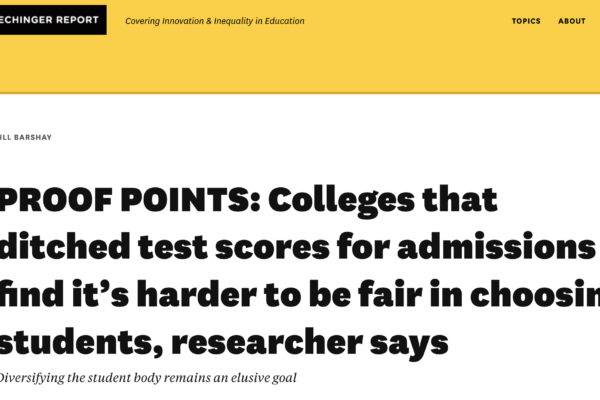
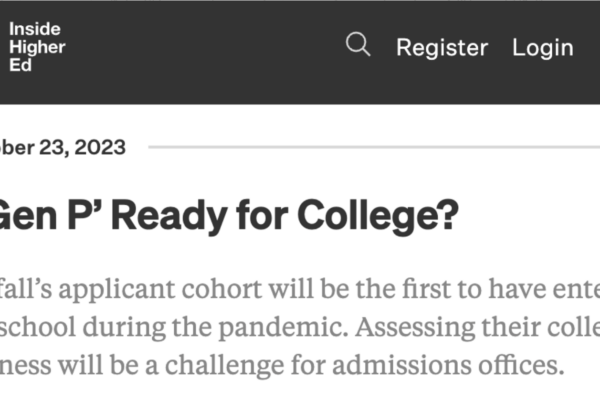

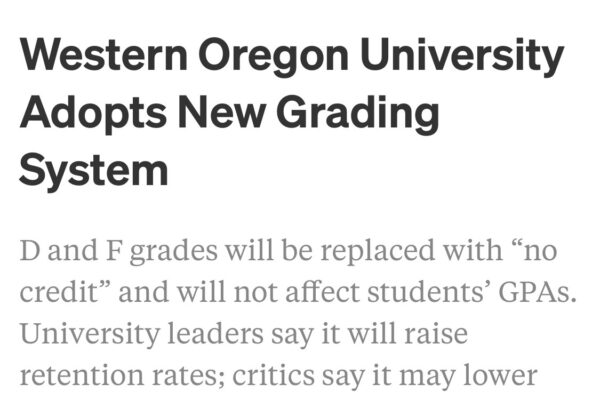
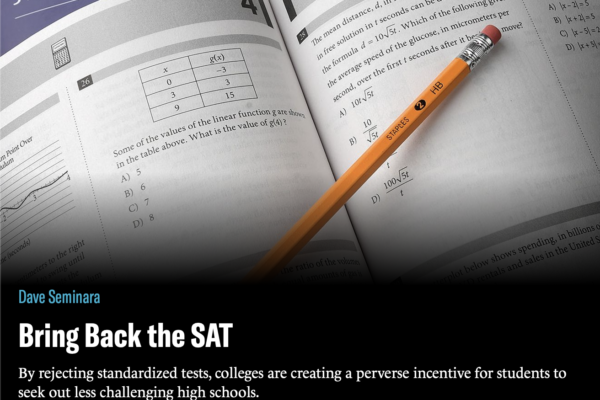
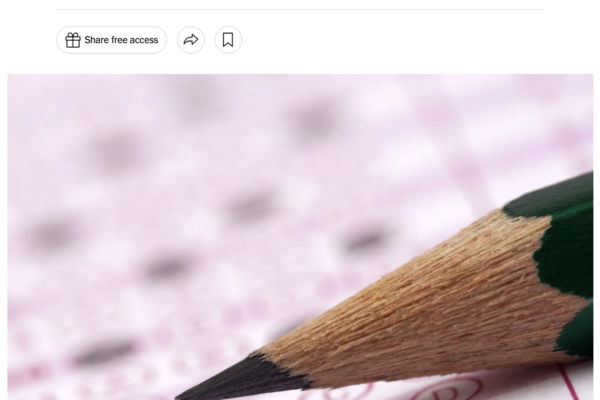
The Dartmouth press release states reinstating standardized testing requirements from Class of 2029. Not 2025.
Hi Michael,
We understand how that could be confusing! What they mean is Dartmouth’s class of 2029 — students graduating from the college in 2029; for most students, that means graduating high school in 2025.
Thanks for clarifying.
Thank you. I thought this was an excellent article.
Pitzer says they are test-free through 2025.
Thank you for catching that! Pitzer actually shouldn’t have been on the list, since they were permanently test optional before going to their test free pilot.